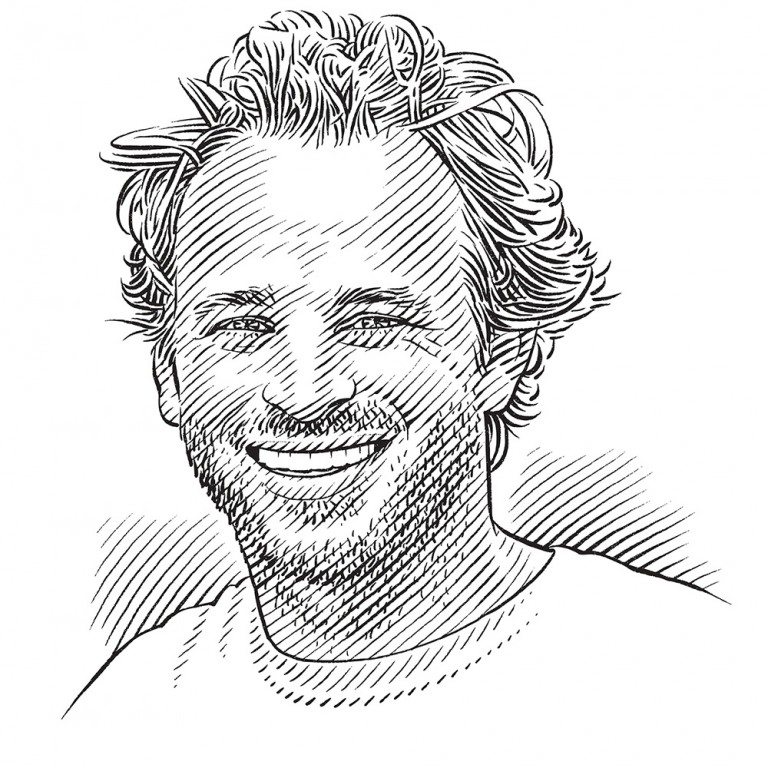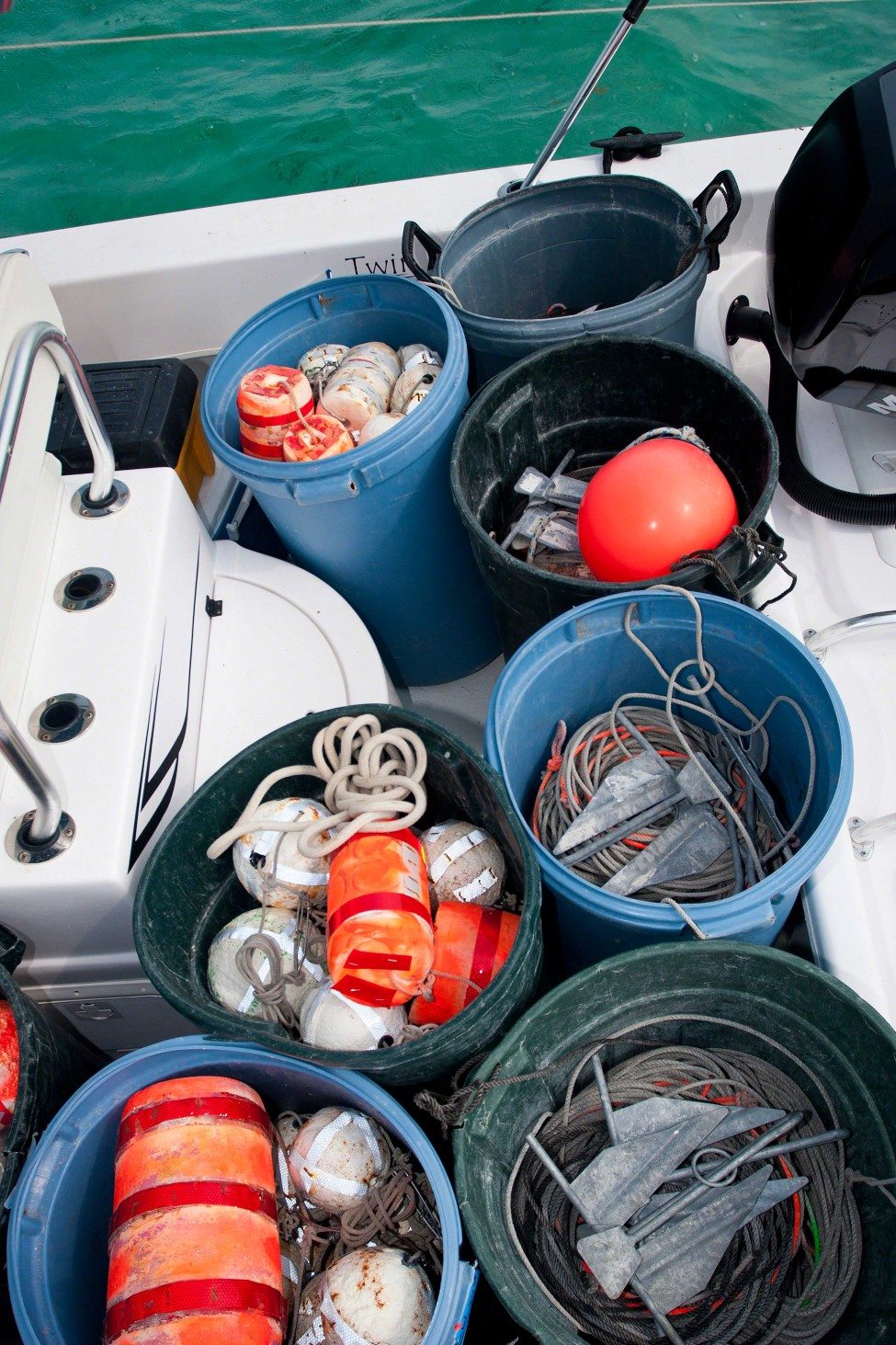A longline check to remember
There are plenty of memorable experiences to be had at the Shark Lab, but for Tristan Guttridge one tops them all.
Photo by Matt9122 | ShutterStock.com
At the Bimini Biological Field Station, aka the Shark Lab, one of the highlights for most volunteers is checking our shallow-water long-lines. There is something special about getting up in the middle of the night and working against the elements – blustering winds, biting insects, rain, thunder and lightning – always in anticipation of working with a huge tiger shark! ‘No matter what the conditions, we must check the lines,’ Samuel ‘Doc’ Gruber’s words echo around the lab.
In 1992, soon after Doc had established the Shark Lab at Bimini in The Bahamas, long-line surveys were begun with the initial objective of examining the assemblage of large sharks in the vicinity. To this day, our team sets five lines each month. As a former volunteer, PhD candidate and now the director of the Shark Lab, I have had the good fortune to participate in many checks, but few are more memorable than one night in September 2014. It was just one of those occasions when I had a sneaking feeling we were in for a busy time!
For some reason, tough conditions and lots of sharks seem to go hand in hand. It’s as if the sharks are out to challenge us: ‘Calm, flat seas – no bite tonight’, whereas ‘White caps, torrential rain and thunder – yes, that bait looks scrumptious!’ And on this particular night, of course, it started to rain within minutes of our departure from the shelter of the lab. Despite the adverse conditions, our team was in great spirits and excited to accept the challenge set by Mother Nature. We located the first line, at the south end of the Bimini lagoon, and quickly illuminated the hook floats with our Q-beam, targeting them through the choppy waves. The count began. ‘One, two… Oooh, can anyone see float number three? Wooohoooo, it’s down.’ Flash of a tail, a dorsal fin slicing through the water. ‘It’s a blacktip!’ exclaimed Jack, the current lab manager.
Bimini Biological Field Station (BBFS)
Samuel, better known as Doc, has been studying sharks for 50 years. He discovered how sharks see and even gave us insights into how they think. He founded the Bimini Biological Field Station in 1990, and has been training and inspiring young shark researchers ever since.

